You may have heard this name a thousand times and does ti mean? What does it refer to?
That it refers to a type of fabric, this you may already know.
But what does it look like? Is it soft? What is it used for? Is it easy to clean?
When it comes to choosing the right fabric for whatever you may need it, it is crucial to know the general fabric characteristics, it’s durability, it’s color…
So, before making a decision it’s better to understand a bit more the fabric that you’re going to buy.
Now, you wanted to know a bit about what is chenille fabric, didn’t you? Let’s dive into it!
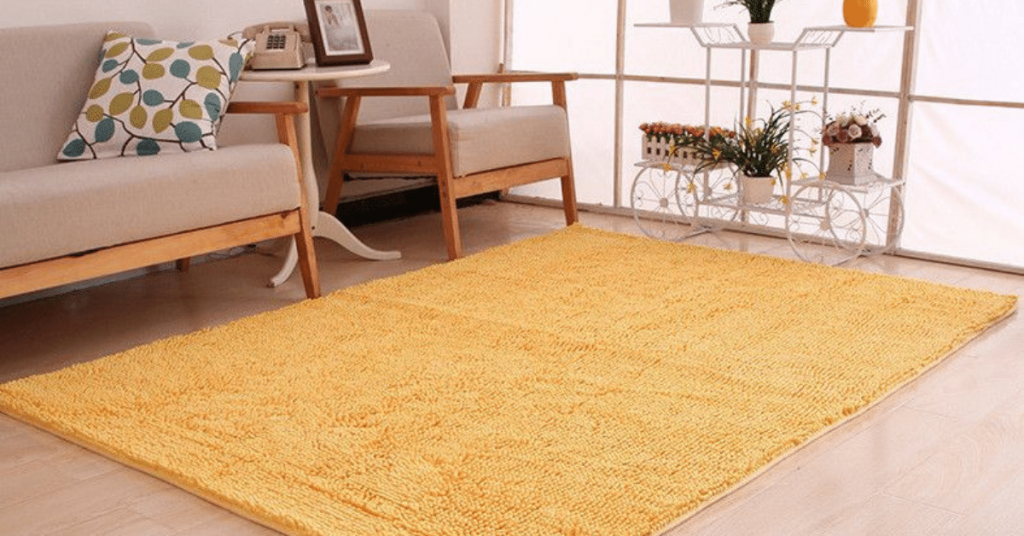
What is Chenille?
Chenille is a French word and means caterpillar, referring to the resemblance between the fabric and the hairy look of a caterpillar.
It’s a beautiful and affordable fabric and yarn that has a shiny and velvety look and a soft pile texture.
It’s very soft and fuzzy. But it is a fabric that needs a lot of care to keep its original shine and color.
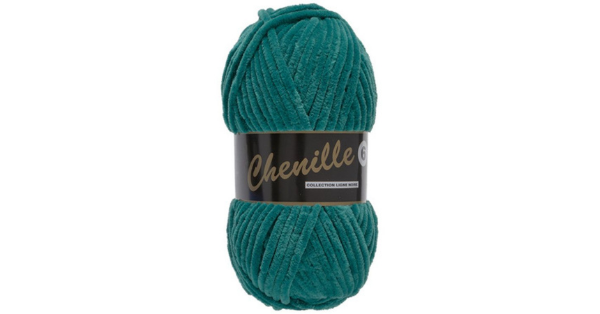
You can find chenille fabrics with beautiful patterns and they tend to be durable, depending on the material used to make it.
If you’re looking for the perfect fabric for your home decor, stop searching! Chenille might be the one for you.
Did you know that fabrics can be named not only by the name of the fiber with which they’re made but by the way they are manufactured?
And that’s is the case of the Chenille fabric. As chenille can be made with very different materials, its name comes from the way the material is woven.
Origins and History
As I said earlier, the name Chenille comes from France. And it is an invention from the eighteenth century. Pretty recent actually compared to other fabrics.
Chenille yarn was first made in France, and later on, in Scotland, a fabric mill called Alexander Buchanan developed this yarn into fabric. But it was James Templeton (from the US) the one who patented the process, and therefore, got all the merit.
And it wasn’t until the late 1970s, when chenille fabrics gained popularity for apparel.
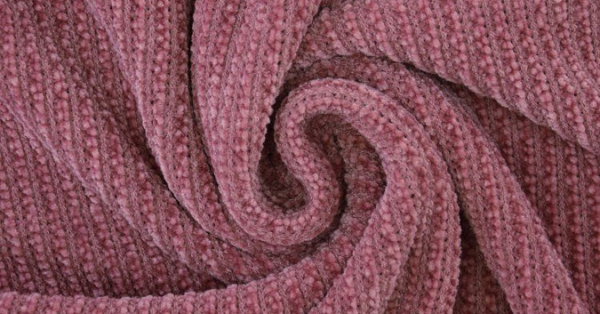
What is Chanille made of?
Chenille can be made of lots of material nowadays but originally it used a silken thread sewn into cotton to form tight loops that made a lovely 3-D effect, making it look fluffy and fuzzy.
It is most commonly made from cotton or wool, but you can find it with silk, and synthetic fibers such as rayon, olefin, polyester, acrylic or a blend of multiple materials.
There are two main types of chenille:
– The first one is most commonly made of 100% cotton as it is used for towel, robes, baby items, etc. And it needs to be soft.
– The second type is made with more durable materials as it is used for home decor such as upholstery, carpets and curtains.
You can find lots of different colors, patterns and styles. And that’s an important thing to have in mind as you’ll be able to find the perfect chenille fabric that matches your tastes and needs!
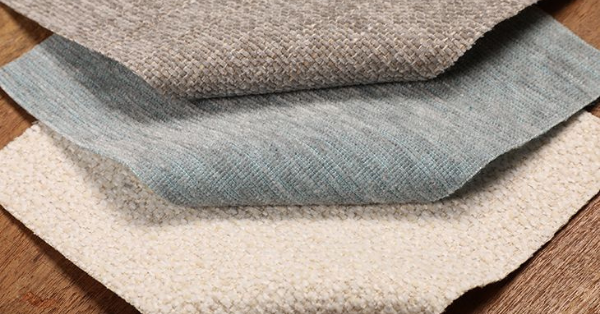
How is Chenille made?
Nowadays, the process used to make Chenille is completely different from the original process, but some still follow the original methods.
Chenille is made by twisting loose fibers (piles) around a core fiber (yarns). The edges are cut evenly to give the fabric a fuzzy, soft and shiny texture.
This is the reason why it will look like the color changes depending on how the light shines on it or from what direction you’re looking at it.
You have to be careful as chenille yarn can become a bit loose and start showing bare spots. If this starts to happen, low-melt nylon can be used to solve the problem.
What is Chenille used for?
Over time, the uses we’ve given to the chenille fabric have incremented a lot.
It started more a home decor fabric to make carpets and quilts, but now it is widely used to make clothes, towels, etc… due to its softness and “drapey” properties.
Let’s take a look at some of its uses:
1. Carpets and rugs
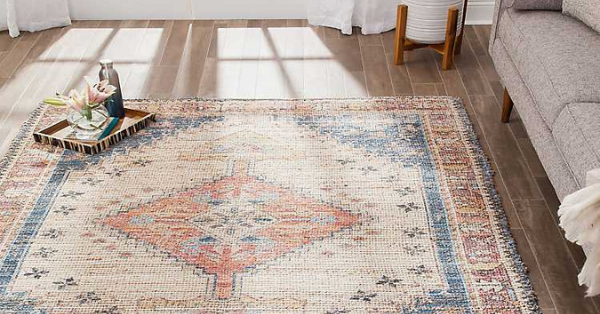
It is often used for carpets and rugs due to its durability and softness to walk on.
You’ll find that kid rugs are usually made from chenille or a blend of it with another material.
2. Home decor
It is a great option for upholstery, drapes, throw pillows, etc.

They are perfect for bedrooms as they provide a soft place to walk and warm up your feet.
Chenille used for home decor can also have silk threads sewn to make them look and feel more luxurious.
3. Towels and clothing
Chenille made from cotton is normally used to make towels, wash clothes, blankets, scarves, sweaters, baby clothes, etc.
As soft and fuzzy as it is, it’s a great fabric for warm bedspreads and cosy blankets. You can find it in bathmats too! But don’t worry, it has a PVC layer underneath to keep it away from getting wet.
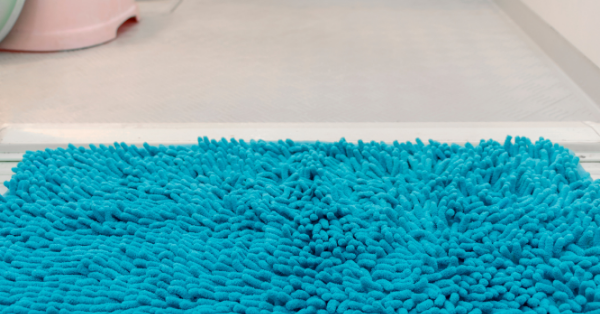
Chenille Area Rugs
Chenille rugs are typically made with a combination of materials and you can find them in almost any color. They are very soft and have a deep pile which provides a furry look and feel.
They are best for indoor use and low-traffic areas such as a bedroom or a home office. The ydon’t work well with light and water.
They should be used with rug pads as they can be a bit slippery.
How to maintain Chenille Rug
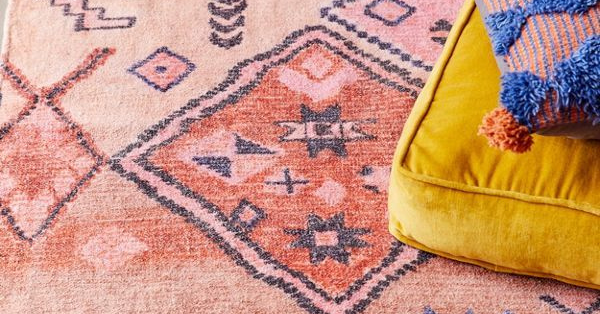
While it is a very durable fabric, the piles are very sensitive and they tend to stretch or shrink, depending on the case. That is why almost all chenille fabrics should be dry cleaned.
If you still want to try and do it yourself, you can try hand-washing it and laying it flat on the floor to dry and avoid the stretching. Never hung.
If the chenille fabric is made of synthetic fibers, you can try throwing it into the washer and using a cold delicate cycle. If so, then you have to machine-dry it too using a low-heat cycle.
Chenille Pros and Cons
And last but not least, everything you need to know about this fabric before buying it.
I hope this list of pros and cons will help you decide!
Pros

– Softness. I would say it is one of the softest fabrics you’ll ever have. It makes it ideal for products that will touch your skin. And it becomes softer as you wash it! Can you believe it?
– Durability. Chenille is quite durable (it also depends on the material used to make it). Just follow correctly the care instructions tag.
– Versatility. It can be used for almost anything, from home decor to baby clothes!
– Beauty. It comes in a great variety of colors, patterns, styles and weights. What more can you ask for?
Cons

– Color fading. It can lose its color when placed in direct sunlight.
– Stretch and shrink. Depending on the situation, chenille is prone to stretching and shrinking.
– Easy wear out. That is why it is best for low-traffic areas such as a home office, your bedroom, nurseries, etc.
– Difficult to clean. Normal cleaning methods will probably damage the fabric so better if it’s dry cleaned.
Conclusion
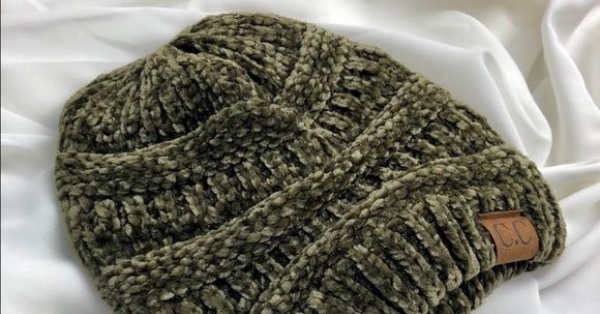
Have you made up your mind now? Is chenille what you were looking for?
If not, take a look at this Ultimate Guide to All types of rugs. I’m sure it’ll help you decide which type of rug fits best for you and your home!
